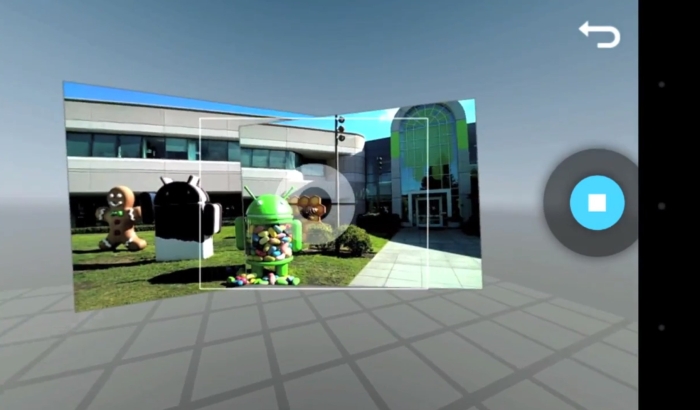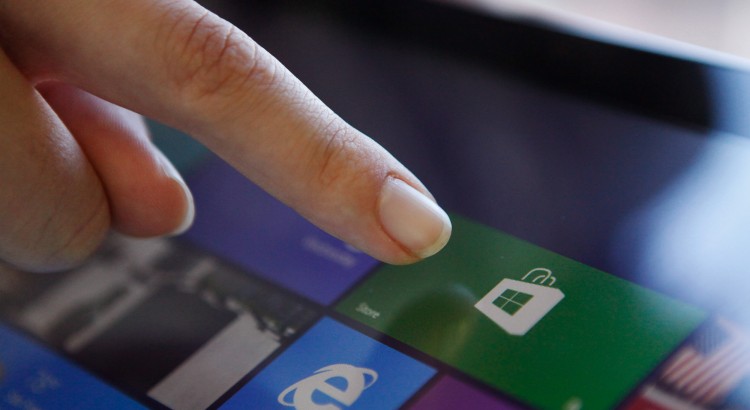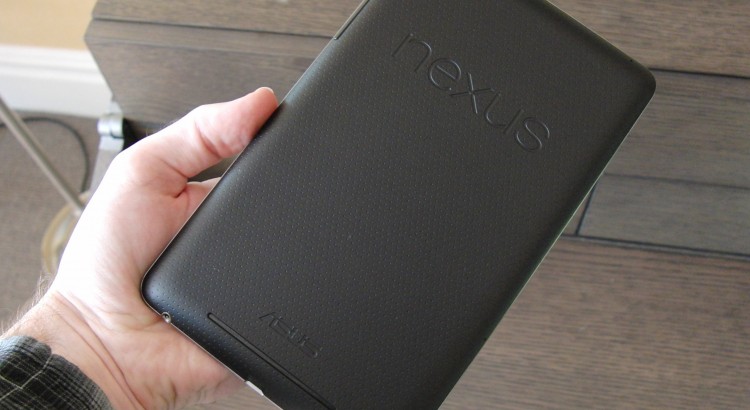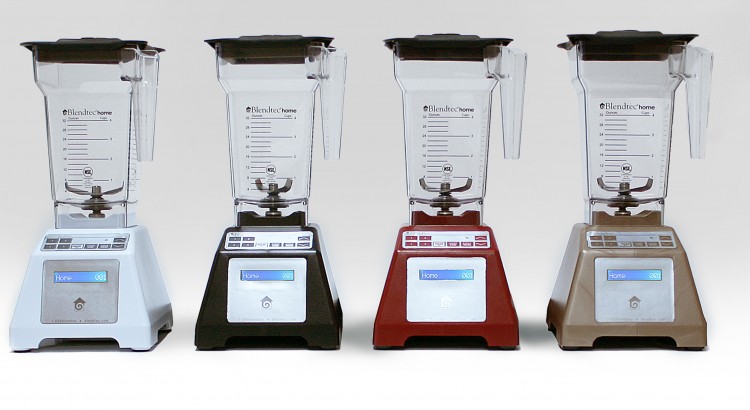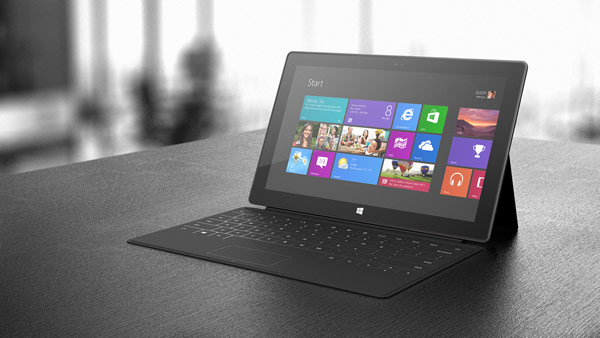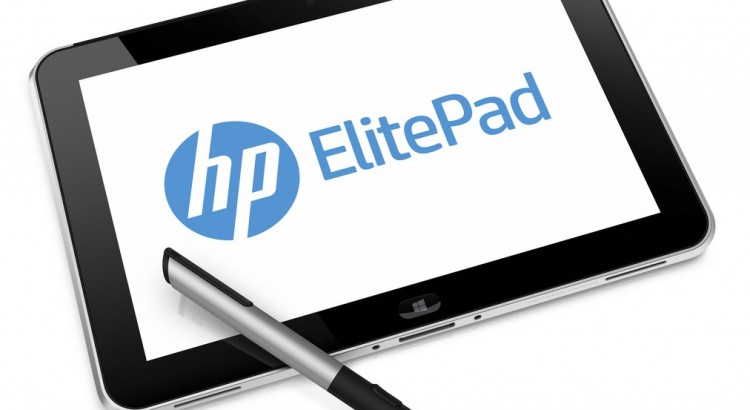Android 4.2 comes pre-installed on LG Nexus 4 which was announced yesterday (which seems like a great phone for its price, Quad Core Snapdragon S4 SoC, 2GB RAM, 720p display, 4.7inch screen and all the usual bells and whistles for 299 USD). One of the new features of 4.2 is the upgraded camera app which has a new shooting mode called Photo Sphere. It’s the next evolutionary step in the Panorama mode that digital cameras and camera-phones had for years, it allows you to shoot multiple photos from a single point and it automatically stitches them together seamlessly without any user effort. Unlike panoramas, it works both vertically and horizontally at the same time and you don’t really need to align edges manually, just keep shooting to fill in the gaps. After you are done you can navigate your photo sphere the same way you’d look around in Google Street Map. View the video below to get the idea:
This feature will probably be copied by the usual suspect and it won’t be long before your friends start sharing their ‘surround’ photographic experiences on Facebook; now all we need is Instagram support so users can start ruining their Photo Spheres as well.
